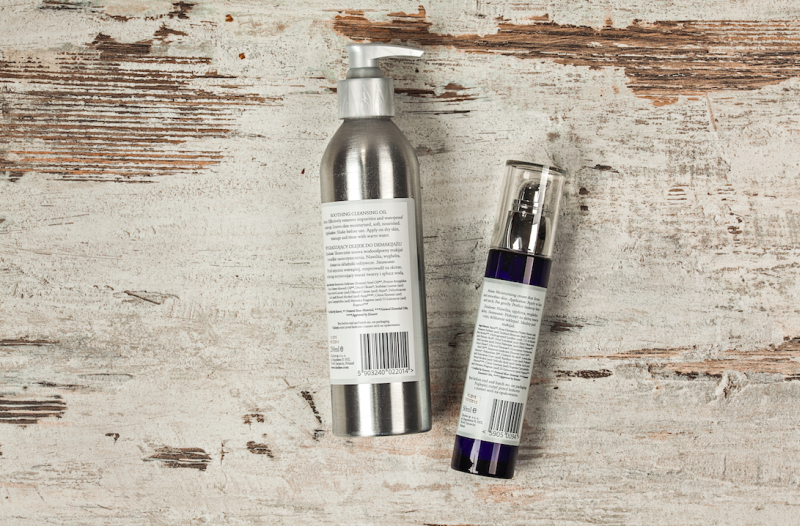How do we choose beauty products? We read labels and after that, we get round to reading the list of ingredients, check out the consistency and scent. However, it turns out that ingredients on a label don’t work they way their names suggest. Products marked as hypoallergenic, natural, described as having the power of laser or botox, enriched with the hormones of happiness don’t necessarily include substances which would confirm that. These are often just some catchwords. How to avoid being caught?

Ingredients in cosmetics – hypoallergenic products
Many people suffer from skin allergies thus go for products that are labelled as ‘hypoallergenic’ or ‘not causing allergic reactions’. Surprisingly, this term doesn’t exist in a law concerning beauty products. Even though the definition says that hypoallergenic products cause fewer allergic reactions, the list of allergens is actually endless. There are as many allergies as there are people… or even more, because one person can be allergic to a few substances.
Ingredients in cosmetics – natural products
Certain certificates determine if a beauty product is natural. Nevertheless, many brands still claim they produce natural cosmetics, not marking it with an appropriate certificate. After looking through the list of components, we often see parabens at the top of INCI, followed by SLS. It’s hard to call such a product natural.
Ingredients in cosmetics – products that replace facials & treatments
A cosmetic which works like Botox, laser or facelift is non-existent. Still, we often fall for such promises, especially when manufacturers incorporate terms such as ‘facelift effect’ or ‘à la botox serum’. Even though it is almost unlikely for a cosmetic to give at least similar effects to the aesthetic medicine procedures, some women using it aren’t aware of this fact.
Ingredients in cosmetics – products with human hormones
It is manipulation, too. Cosmetic manufacturers allegedly enrich their products with hormones of happiness and youthfulness or stem cells. In reality, they use plant stem cells, phytoestrogens and phyto-endorphins.







Leave a Reply